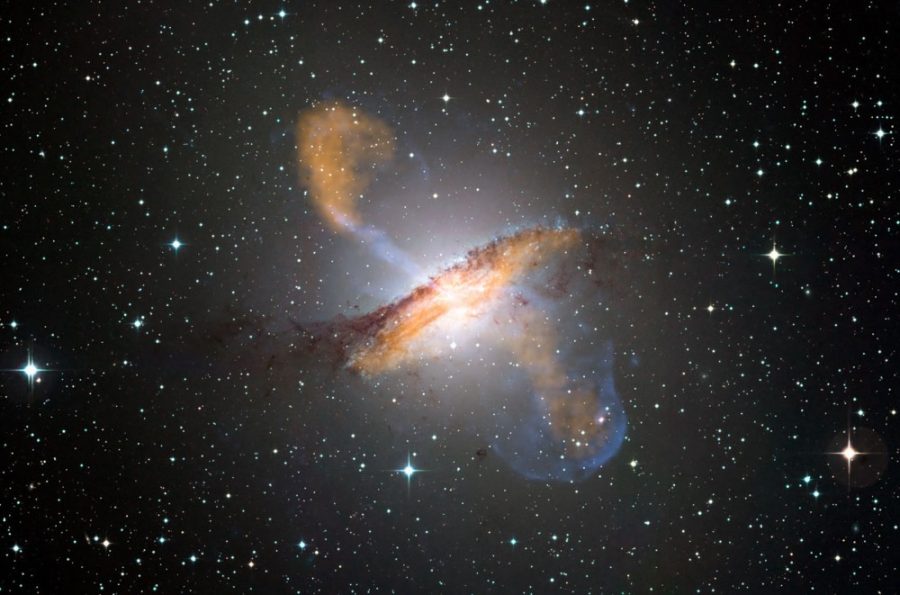Hey you, what you gonna do?
After 100 years, scientists have finally been able to prove Albert Einstein’s prediction of the existence of gravitational waves.
This is ground breaking news, as gravitational waves were the last part of Einstein’s general relativity theory which had yet to be confirmed … until now, according to the New York Times.
The discovery was made by the Laser Interferometer Gravitational-wave Observatory team, a group of international scientists dedicated to finding gravitational waves, according to ScienceAlert.com. LIGO physicists were able to detect a gravitational wave signal in September 2015 and confirmed their findings early this morning. The waves were detected on Sept. 14, 2015 by the twin LIGO detectors. One LIGO detector is located in Louisiana and the other in Washington. LIGO’s main goal was to directly observe gravitational waves of cosmic origin.
In 1915, Einstein predicted that the fabric of space time would be curved by a large mass present in the universe and when events such as black holes occur, the curves can ripple outward, like ripples on the surface of a pond. When these ripples make their way to Earth, they are extremely small, making them difficult to detect.
But by using LIGO, scientists were able to detect them, according to reports by TheGuardian.com. Researchers used lasers confined in two four-kilometer long pipes, which enabled physicists to measure small changes in space time.
Follow Bailey Bellavance on Twitter.









